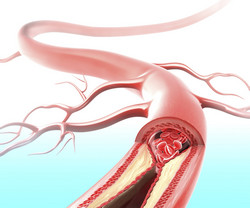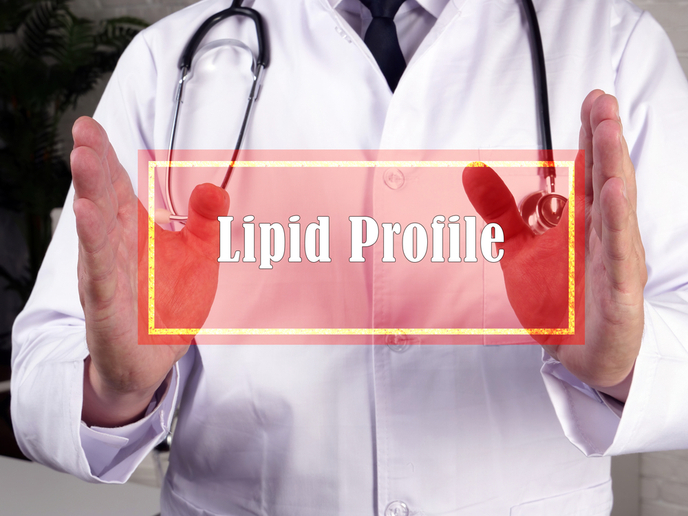Molecules behind atherosclerosis
Atherosclerosis is the abnormal thickening of the arteries (large to medium blood vessels) due to accumulation of plaque and substances such as cells and fats. The EU-funded project ATHEROGAG (Macrophage proteoglycans in atherosclerosis) has investigated the mechanisms involved in atherosclerosis development and progression. In particular, researchers focused on deciphering the role of macrophages and macrophage-associated proteoglycans in atherosclerosis. Macrophages are immune cells and foam cells are macrophages that have engulfed oxidised low-density lipoproteins (LDLs). LDLs are also known as bad cholesterol. Unstable plaque in particular is composed of macrophages and foam cells. Project researchers used mice-derived macrophage cell cultures and suitable mouse models to identify molecules involved in the process. One particularly useful mouse lacks the LDL receptor (LDLR) and has the inactivated biosynthetic gene GlcNAc N-deacetylase/N-sulfotransferase 1 (Ndst1). The role of macrophage heparan sulphate proteoglycans (HSPGs) was investigated using the Ndst1-deficient mice. Overall, sulphation of HSPGs was reduced by 30 %. Breeding these mouse models with LDLR-deficient mice, their offspring were fed a fat-rich diet for further plaque and macrophage analysis. A two-fold increase in atherosclerosis and advanced atherosclerotic lesions with significantly higher macrophage content was observed. Reduced sulphation also increased the expression of inflammatory genes, in particular ACAT2. Upregulated ACAT caused increased ACAT enzyme activity and increased foam cell production. Reduced HSPG sulphation in macrophages also increased type I interferon signalling. Results suggest that macrophage HSPGs are atheroprotective and keep type 1 interferon receptors relatively inactive. Further research found that syndecan-4, another proteoglycan, affects foam cell conversion and variation in adipocyte HS has a profound effect on diet-induced obesity. Project findings have demonstrated the protective role of macrophage HSPGs and how alterations in HSPG sulphation can affect atherosclerosis-related CVD. This should prove helpful in developing markers to diagnose and monitor atherosclerosis-related CVD progress as well as determine treatment efficacy. ATHEROGAG researchers have also received multidisciplinary training in glycobiology, intellectual property, grants, and cutting-edge techniques such as mass spectrometry, macrophage cultures and flow assay. This will improve their career prospects and provide them with invaluable networking opportunities.







